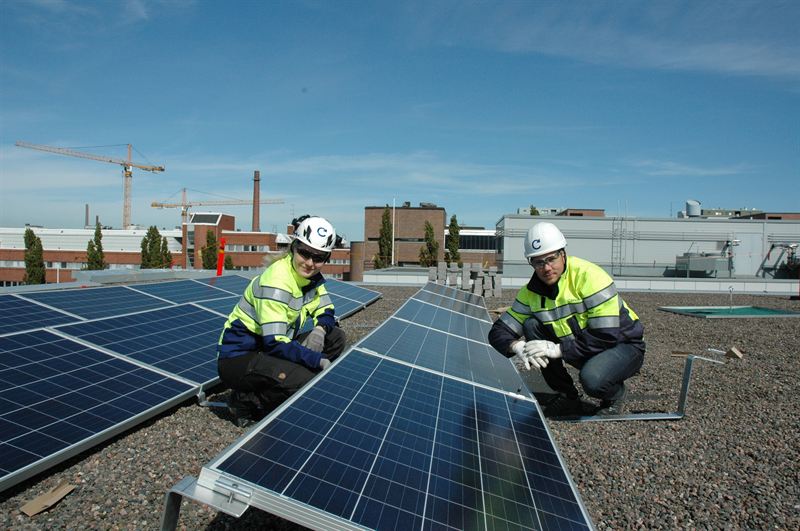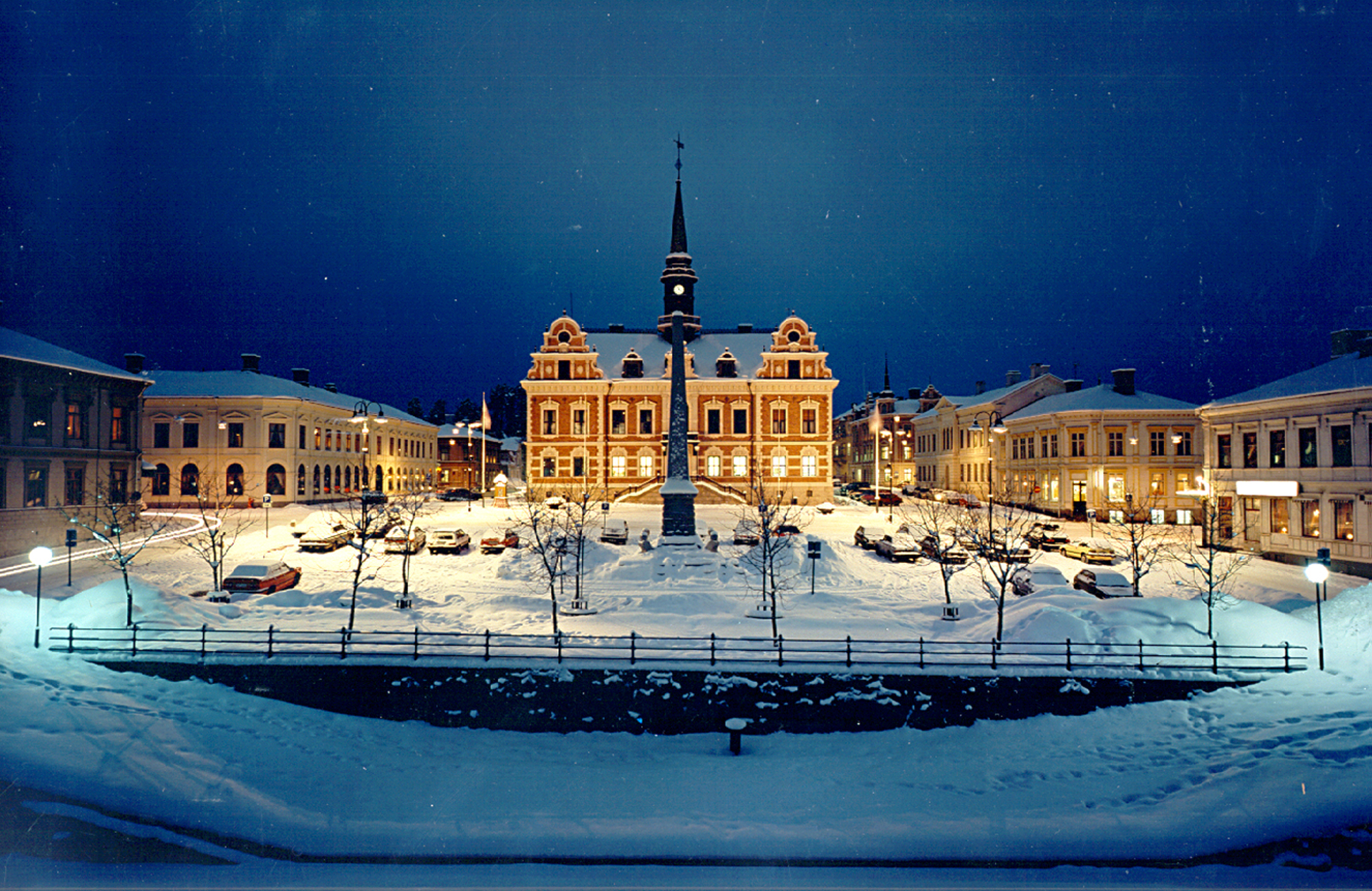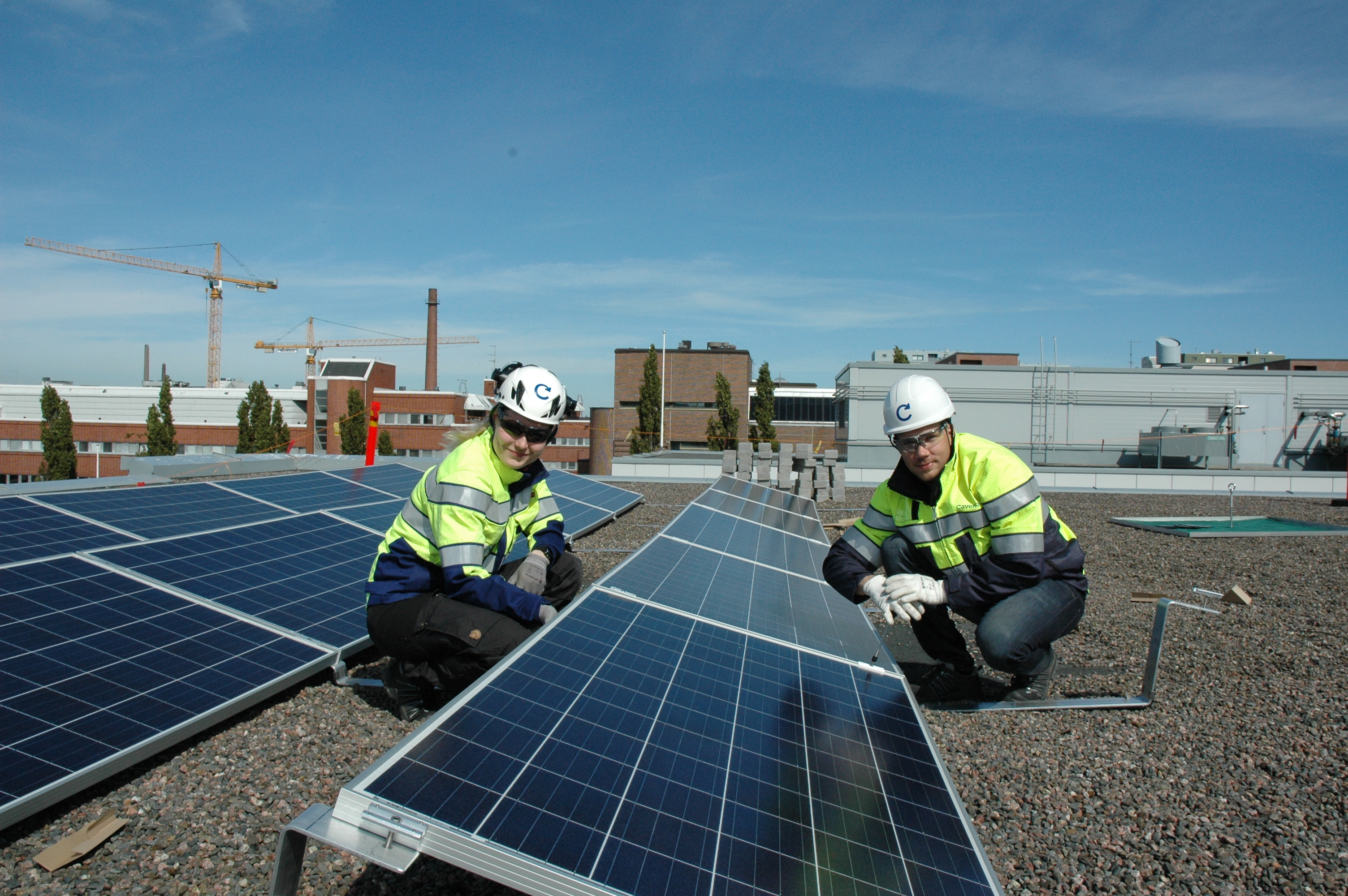
Saving the planet one building at a time
A lot of work is needed to slash energy usage in the EU area, where almost 40 per cent of carbon emissions come from energy use in buildings.
Currently, buildings are responsible for 40 per cent of energy consumption and 36 per cent of CO2 emissions in the EU region – and a lot needs to be done to reach the targets set through the Paris agreement. Energy efficiency is defined as “first fuel’ - key to reaching the targets. A lot needs to be done, not least in the building sector. In the EU over a third of the buildings are over 50 years old, and huge consumers of energy.
The good news? This can be changed. With energy-efficient building systems, automation and proper operation and maintenance of technical systems, energy consumption of existing properties can be reduced by up to 30 per cent. The Nordic countries are leading the way in these developments.
Over 20 per cent savings for Skien and Söderhamn
Over 18 months from 2015, Skien Municipality in Norway implemented nearly 400 energy-reducing measures throughout 37 buildings. This has reduced energy consumption by 30 per cent and the town estimates a yearly savings of EUR 650,000 within seven to eight years - quite a lot of money for a town with just 54,000 inhabitants.
The Swedish town of Söderhamn started a similar project in 2016, covering most of the public buildings. The aim is to reduce energy consumption by 23 per cent, modernise buildings, improve indoor air quality and reach future climate goals.
“We see this as a big opportunity to trade operational costs for strategic investments in the property portfolio. The project also means that we can set realistic environmental goals that really make a difference,” says Petri Berg, CEO, Faxeholmen AB, public housing company of Söderhamn.
Guaranteed results
The most interesting point of these two energy efficiency projects is that the investments to upgrade systems and buildings has been done without using tax payers’ money – at least in the long run. How? Skien and Söderhamn municipalities have used an EPC-model. In an EPC (energy performance contracting) model, energy efficiency investments are financed by future energy savings, which is guaranteed by the partners.
An EPC-model also fits smaller organisations. Danderyd Hospital in Greater Stockholm used EPC to implement building technology modernisations, leading to heating reduction by 18 per cent, a total reduction of carbon dioxide by 2,963 tons. Simultaneously, the indoor conditions for patients and employees improved significantly.
If many buildings need to be modernised rapidly, the EPC-model is perfect. But, in the fight for energy-efficiency, not everything needs to be renovated at once. Take City-2, second largest shopping centre in Denmark, which decided to change all its fluorescent lamps and halogen lamps to LED. This alone reduced energy consumption 40-60 per cent.
From energy efficiency to energy production

For many organisations in the Nordics, energy efficiency is not a separate project but a natural part of the business. As Varma Mutual Pension Insurance Company, one of the largest real estate investors in Finland, puts it: “improving energy efficiency is a continuous process”.
Varma has facilities of circa 1.7 million m2 and even small changes in energy consumption have major effect on emissions and costs. Nearly all of Varma’s commercial properties are connected to Caverion’s remote control room.
Varma is planning investments in renewable energy sources to achieve its energy reduction goals. The first solar panels have already been installed on office building roofs in Helsinki. Technology progresses and implementation costs decrease, which means increased profitability for investments.
Learn more:
Skien municipality, Söderhamn municipality, Danderyd Hospital, City-2 and Varma have all partnered with Caverion. Caverion knows what is needed to create user-friendly, safe, energy-efficient and comfortable built environments. We efficiently manage the entire life cycle of properties – from individual technology to advanced total solutions.



